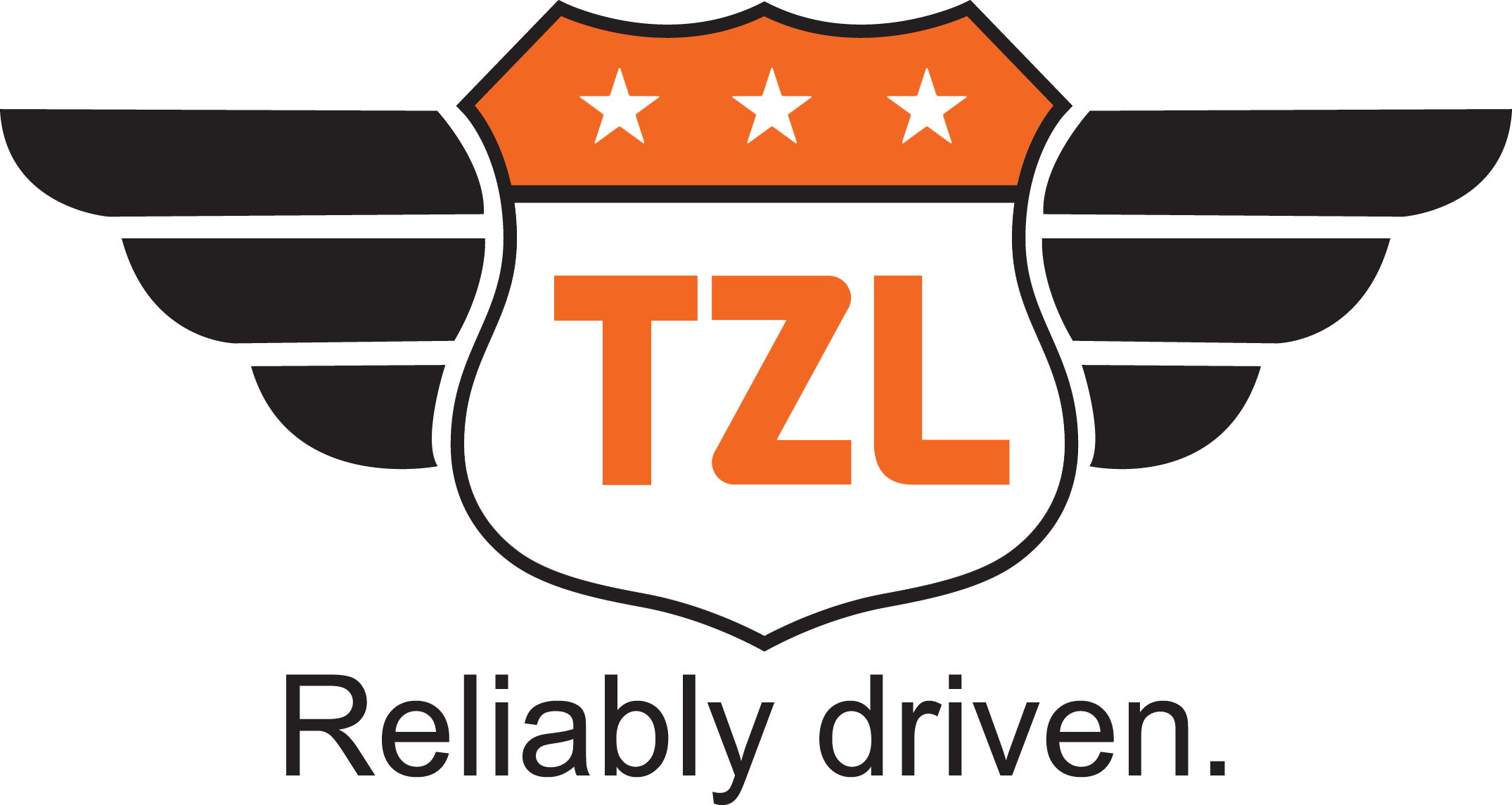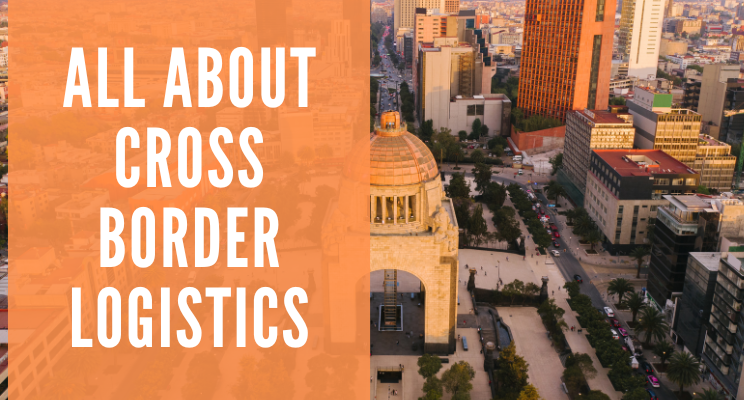When you’ve gone to order an item online, you’ve probably been given the option to filter your search results based on where the item is originally coming from. While some items originate in the US, you may find many are exclusive to other countries such as Canada and Mexico. So how do they get here? For that, businesses rely on cross-border shipping.
So, what exactly does that mean? The name is accurate, as this is any shipping that involves the transportation of goods across geographical borders. Read on to learn more about the top five things you should know about cross-border shipping!
Local Representation is Important
When you visit a new place, you don’t ask other tourists for directions, right? This is the same principle. Having a local representative is a critical part of success when shipping globally. These representatives are sources of invaluable information, including knowing routes, customs procedures, and the best local businesses to work with. At TZL, we have global agents to ensure you get the local experience.
There are Multimodal Options
While many cross-border shipments are shipped primarily by land, multimodal options exist as well in many locations. Multimodal options can be used to circumvent adverse weather or political situations, ship goods faster, or to save money. Overall, these options add a lot of flexibility to cross-border shipping.
Cross-Border is Helping Ecommerce Grow
You’ve probably heard of the ecommerce field at least once in the past couple of years. This growing field is being fueled by cross-border shipping, with new trade agreements lowering the costs of shipping across the border. Many ecommerce niches are globally oriented, so this has proven to be very productive for them.
Transportation Management Systems are Helpful
One big change that has happened to cross-border shipping over the past couple of years is the digitization of its systems. Many cross-border shippers now use Transportation Management Systems to provide enhanced visibility. These systems also help to make the overall process of shipping across the border smoother.
You Want to Work with Bonded or C-TPAT- Certified Carriers
One of the most important things to look for when shipping across the border is C-TPAT certified carriers. These carriers do not pay duties on shipments and do not require U.S. customs clearance, saving money in the long run. Additionally, some are considered low-security risks, and have access to Free and Secure Trade lanes, speeding up the shipping process.
There you have it, the top five things to know about cross-border shipping! If you found this article helpful, share it on your socials.
Want more trucking news? Be sure to follow us on our socials for updates throughout the week, and check back here for our biweekly blog!

